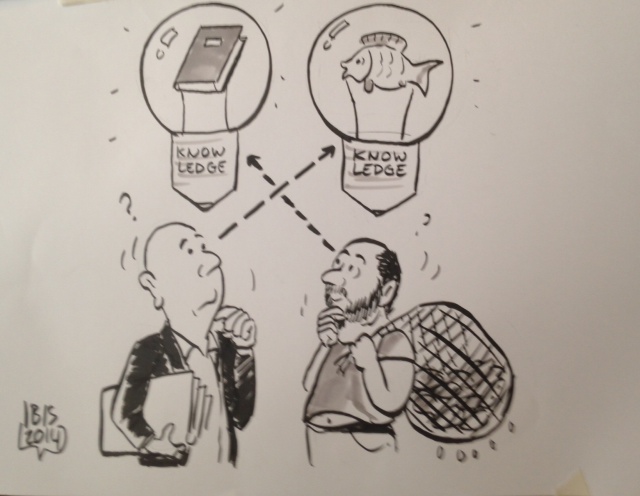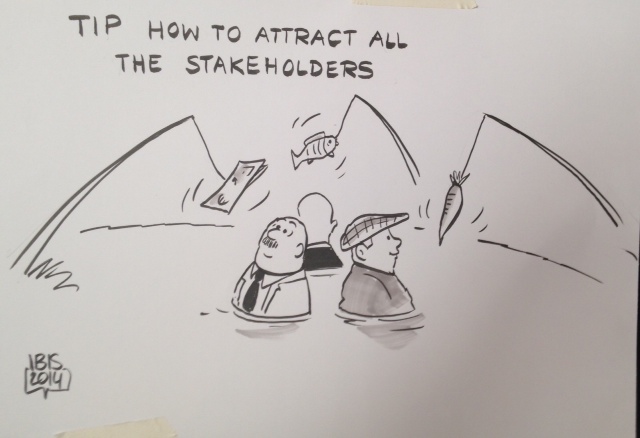Training
The ARCH Training Workshop - Friday 26th June
Scope of the training
Lagoons[1] are located at the interface between land and sea and the transition between fresh and salt water. They represent highly dynamic and productive ecosystems with a very complex structure.
The central objective of the ARCH project is to develop and test a participative methodology in collaboration with the involved managers, policy makers and stakeholders to manage the multiple problems affecting lagoons in Europe. This will generate realistic solutions and provide roadmaps for their implementation at the lagoon scale.
The ARCH training is focused on challenges for the improvement of "sustainable lagoon management”. The aim of the training is to build the capacity with the lagoon managers, policy makers, related researchers and stakeholders to be able to make the transition needed:
- From segregated disciplinary scientific results to well integrated and usable scientific knowledge;
- From "government" to "governance": from sectoral policies towards sustainable management;
- From an unaware and uninformed "lagoon community" towards a community that is involved and can take up actions and measures.
Learning outcomes and methodology
The training will focus on participative methodologies that can be taken up together with stakeholders in the lagoon to generate realistic solutions at the lagoon scale.
The training will be set up around practical examples, case studies, practical exercises, reflection and facilitated discussion. An example is the Role playing Game of the ‘Blue Lagoon Revitalisation’ that was developed within the ARCH project will be played.
Each participant will receive a certificate from the ARCH project, signed by the trainer, that they have fulfilled the training successfully.
Full details of the training can be found in the flyer which can be downloaded here: Training Workshop Flyer
Target Group
Maximum of 40 participants involved in the preparation and implementation of Lagoon and Coastal Management (lagoon managers, policy makers, related researchers and other stakeholders).
Draft programme
The training will take one full day and will cover the following subjects:
- stakeholder analysis, stakeholder involvement; levels and means;
- build-up of the process based on the ARCH Methodology and workshop series;
Further details can be found by downloading the flyer here

[1] Within the project we interpret lagoons in a broad sense. They are coastal systems that are in the interface between fresh and salt water, these are lagoons, estuaries and fjords. There is a gradual transition from lagoons to estuaries (including fjordal systems) depending on the fresh water input and the degree of contact with the open sea.

